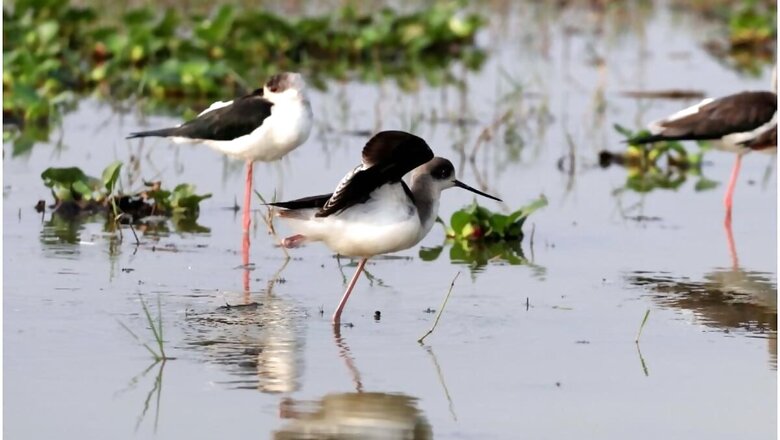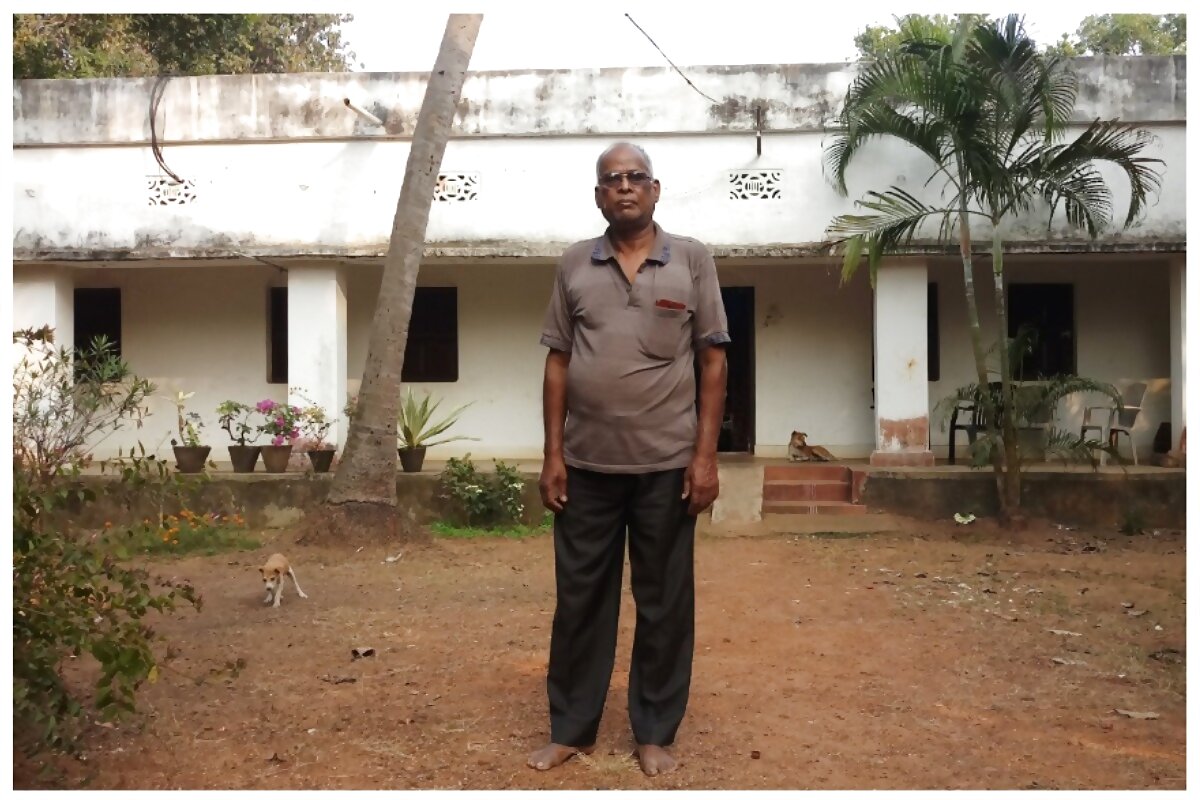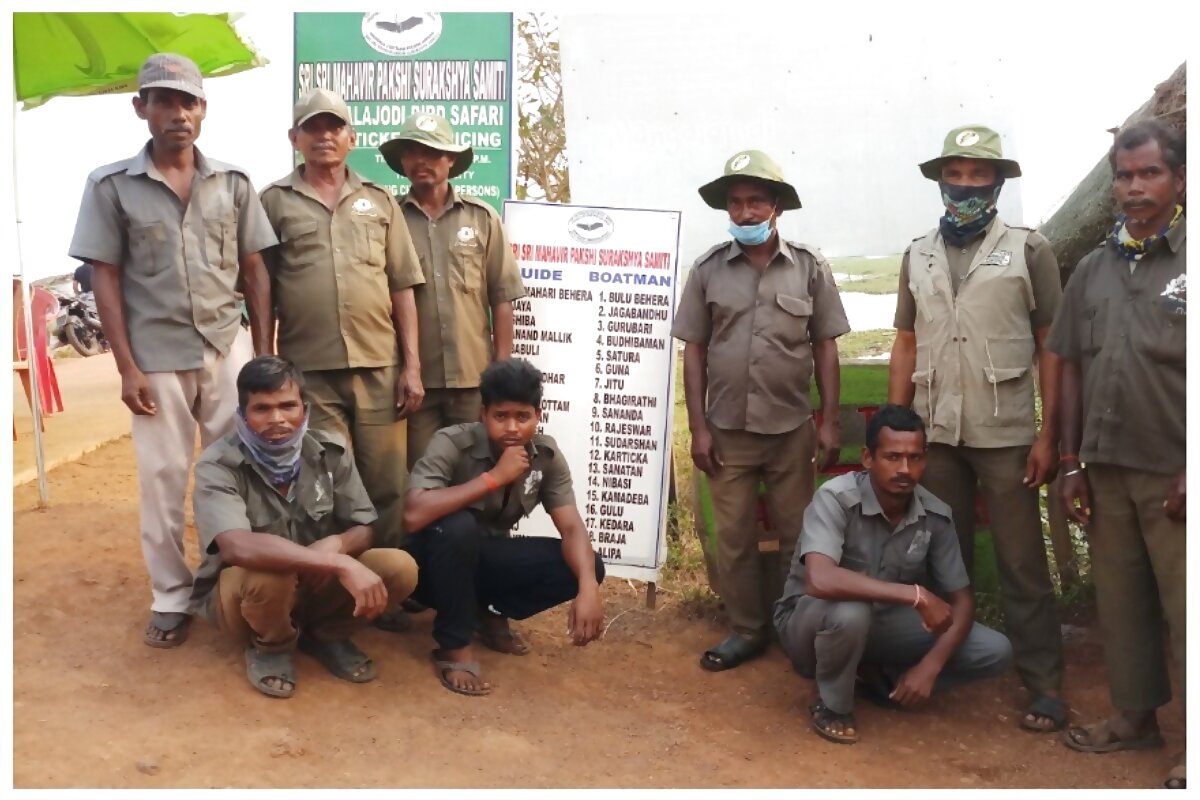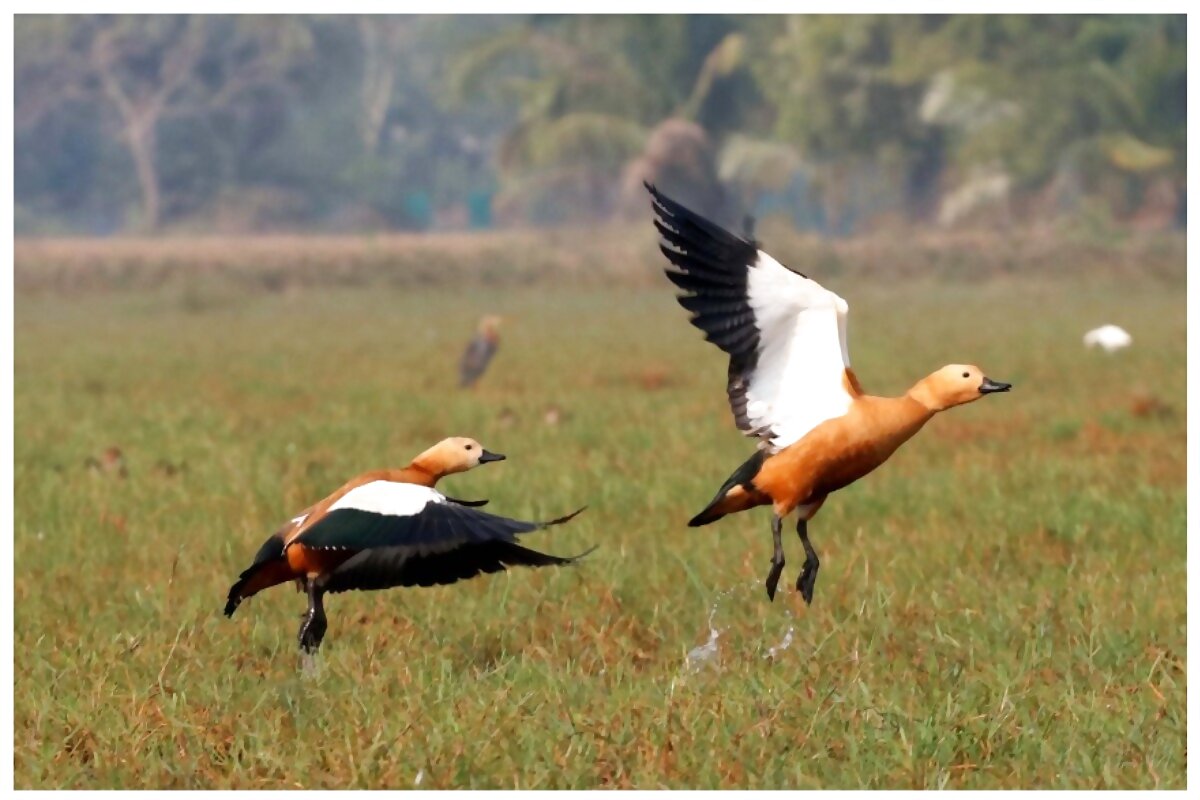
views
Mangalajodi, Odisha: Hunting and poaching are the biggest threats facing migratory birds globally, a report tabled at the 13th Conference of Parties (COP-13) on Conservation of Migratory Species of Wild Animals last year found. It also called for concerted efforts to stop these practices. “Fortunately, better sense prevailed among us,” 47-year-old Shiba Behera comments on these developments.
Behera is harking back to the year 2002, when he and 11 other men took a vow to stop killing the birds that come flying to Odisha’s Chilika Lake from far-off Siberia every winter for nesting. As these poachers turned into protectors, the fate of Mangalajodi, the marshy hamlet on the northern edge of the Chilika Lake that they hail from, also turned around. Today, it’s feted as a leading example of community-led bird conservation in India.
From just about 5,000 birds in 2002, the locals estimate that now over 2 lakh migratory birds arrive every year in Mangalajodi.
This small village of farmers and fisherfolk now have a new source of livelihood — ecotourism. The success of Mangalajodi has triggered similar initiatives not just in Sorona, Jatiapatna, and Sundarpur villages under Tangi block, of which Mangalajodi is a part, but even in the Puri district, which is over 47km from here.
This shift in the collective attitude, coupled with the crackdown on the illegal prawn cultivation by the Odisha government, has had a far-reaching impact on the Chilika wetland system.
According to the latest count conducted in January, Asia’s largest brackish water lagoon has attracted a record number of migratory birds at over 11.42 lakhs this season, which began last September. In fact, when it comes to bird sightings, Chilika towers over other districts in the state, Angul and Bhubaneswar included, Susanta Nanda, IFS officer and Executive Director of Chilika Development Authority (CDA), informs 101Reporters.
Or, take the case of seagrass, the flowering plant that grows underwater.
“Seagrasses play a major role in mitigating climate change and while the area under seagrass is decreasing all over the world, it is increasing in Chilika,” Nanda adds. The seagrass cover in Chilika has gone up by 2% since 2019, a new CDA survey has found. “Policies (regarding conservation) have remained the same all over the state but with Chilika, the case is different. It is visited by varied species [of birds] and that has prompted more initiatives, some even at the local level,” Nanda explains why other areas haven’t seen a similar uptick in biodiversity.

Foes to friends
The Mangalajodi success did not come overnight nor was it the work of just 12 men alone. The year was 1997 when Nanda Kishore Bhujabal, a former wildlife warden, decided to tackle the rampant hunting of birds in Mangalajodi. “In the 1960s-70s, there were so many migratory birds here that when a flock flew, it would paint the sky black,” recalls the 76-year-old.
But it was also the peak period of poaching activities. “Even a child could hunt down birds. Late in the evening we would take a boat in the middle of the marshy wetland, hunt a bird or two, roast it and eat it with local liquor,” Shiba recalls.
The area had forest officials and even a few policemen but the hunters held sway. “We would threaten them if they tried to stop us from hunting birds,” Shiba claims.
The resentment was understandable. Selling one bird would fetch them 15 rupees or more. This was more than they would make after toiling in the paddy fields for hours and days on end. But this was unsustainable, Shiba began to understand. He recalls his meetings with Bhujabal and village elders, who supported this initiative: “Bhujabal sir told us that hunting would fetch us money for a few years, but if we conserve this area and turn it into a birds’ paradise, we would make money every year.”
The persuasion paid off. In 2002, Bhujabal took 12 of the most dreaded hunters of Mangalajodi into knee-deep water and asked them to take a vow in the name of Maa Kalijai (the presiding deity of the village) to give up hunting. They then joined Bhujabal’s NGO Sri Sri Mahavir Pakshi Surakhya Samiti and committed themselves to the cause of bird conservation. Jaya Behera, a poacher-turned-tourist guide, says, “We had heard stories from elders that breaking a vow on Maa’s name would bring us her wrath. So we were bound by the promise.”

The next challenge was to train the 12 men to identify birds and learn their names, an exercise that was led by Bhujabal’s NGO and CDA. Shiba recalls, “Our tongues would get twisted as we tried to pronounce the English names of these birds. It took me six months to remember one.” On the other hand, patrolling to report the cases of hunting came naturally to them. Their new roles didn’t bring them returns initially. “Bhujabal sir used to provide us rice and pulses sometimes,” says Jaya.
A decade later, birds started coming in greater numbers, and soon, tourists followed.
The influx opened new employment opportunities for villagers. They could now work as tourist guides, boat-makers, ferrymen, and even assist the researchers who came to study Chilika’s avian diversity during summers, the off-season. Today, 40 villagers are employed in local tourism, and they can make up to Rs 1,200 per boat trip.
‘Separate zones for tourists, researchers’
Despite their vigil and initiatives such as the ban on speed boating and fishing in the core habitats of the birds, challenges remain. A few cases of hunting still get reported. Booming tourism poses its own risks to the environment. But the Samiti is working on a plan. “We want to demarcate Mangalajodi in two zones — one for tourists and the other for researchers, photographers and bird lovers,” shares Bhagyadhar Behera, who is the secretary at Bhujabal’s NGO.

They are also cognizant of the threat looming on their coastal ecosystem due to climate change. Jaya says, “A decade ago, most birds would arrive by September. But now, they reach in November.” He is less concerned about how it would impact his business and more about how it would affect his life, which he has dedicated to conservation.
Shiba adds, “Had we continued poaching, we would have lost rare species like Australian Stilts. Our kids and grandkids wouldn’t have seen the spectacle of colourful migratory birds that Mangalajodi is known for.”
But better sense prevailed and the state backed them. To add strength to their initiative, the Odisha tourism department started the ‘Chilika Bird Festival’ in 2018, which is now a popular tourist attraction.
(This article is a part of 101Reporters’ series on The Promise Of Commons. In this series, we will explore how judicious management of shared public resources can help the ecosystem as well as the communities inhabiting it.)
Read all the Latest News, Breaking News and Coronavirus News here

















Comments
0 comment